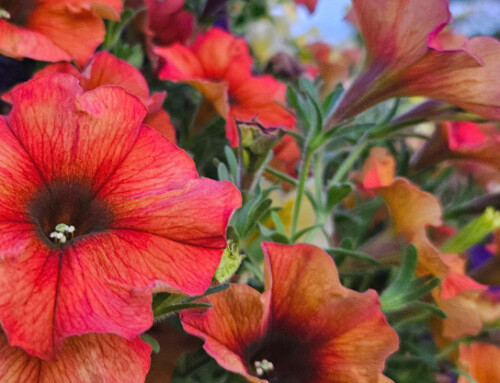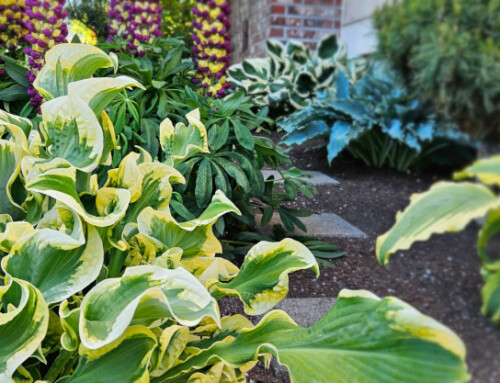June is National Rose Month, so today I’d like to address one of America’s most-loved and commonly misunderstood flowering plants. For decades, roses have had a bad reputation as being difficult to grow. In the past, it was true—being a “rose gardener” required plenteous time to dedicate to spraying, fertilizing and pruning. Today, however, you can have a beautiful rose garden with minimal effort. Really, it’s true!
Whether you’re a newcomer to rose gardening or are looking for suggestions on how to make it easier, consider these common mistakes many gardeners make and tips for success.
First, many gardeners plant roses where there’s an empty space, not where there are necessarily good growing conditions. Many plants (for example, azaleas) can easily be grown in sun or shade. For roses, find a spot in your garden that’s sunny, hot and dry. Roses love heat and hate sitting in wet soil, so pick a spot where you can ensure they’ll be well-drained and get at least half a day of full sun. Any less than six hours of sunlight and your roses will undoubtedly suffer.
Second, many people plant roses too close together. Doing so makes getting around your shrubs difficult, and more importantly, restricts airflow around the plants. Stagnant air promotes fungus problems such as black spot and powdery mildew. For best results, space your roses three feet apart or two feet from other plants in your garden—the more room for air circulation, the better.
Third, beginning rose gardeners too often choose plants based on the blossoms, not the plant. Remember, flowers come and go, but if you start out with a poorly shaped or weak plant, you’ll likely struggle with it for years to come. When shopping, visit your local independent garden center and only select #1 grade roses–at Vander Giessen’s, this is all we carry. All roses are graded based on the number and size of the main canes (or branches), so #1 grade will give you the healthiest, strongest plants. Look for roses to have at least 2-4 strong canes that branch out away from each other—avoid plants that are too crowded in the center. If you’re unsure of what to look for, we will be happy to help you pick the best plants.
A fourth mistake many gardeners make comes at the time of planting. If you have poorly drained soil, replace or amend it with good, well-drained soil or compost. Plant the rose at the same grade as the soil in the pot it came in, or if bareroot, a couple of inches below the graft.
Probably the biggest mistake I hear of gardeners making with roses is watering. After planting, roses should be kept lightly and consistently moist until they’re adapted to the location. Once your roses are established, switch to watering a couple times a week (or less in cool weather) with a soaker hose or drip irrigation as infrequent deep watering promotes a healthy root system. Never water overhead—like stagnant air, water on the foliage encourages fungus growth.
Finally, many gardeners believe that the only way to keep roses healthy is with complicated, dangerous sprays and dusting powders. This is my favorite mistake to correct. Today, one of the best products on the market does it all—insect protection, disease control and fertilizing—in one easy application, and it’s not a spray! Use BioAdvanced Rose & Flower Care liquid systemic three or four times during the growing season and your roses will be more beautiful than ever.
For more information on selecting and growing beautiful roses with fewer headaches or to have your questions answered, browse our website and join the conversation. Happy gardening!








Leave A Comment